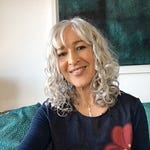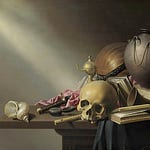Hi there,
Welcome to this masterclass on How to Plot.
In this masterclass, we’re going to look at:
what plot is,
how to plot,
the three acts found in narrative structure,
what the five core elements of plot are,
we’ll then breakdown plot using a fairytale
and then there’s a couple of exercises for you.
The key information is in the handout, as well as the exercises.
You might be interested in the previous masterclasses and articles on plot, including:
Coming up soon: How to Create Suspense.
Let’s get started!
We built our own house.
‘You wouldn’t start building a house without planning it first…why do the same with your novel?’
~ Sophie Hannah
This is such a great analogy. We built our own house and had to come up with detailed careful plans. If you don’t plan at all, you may construct the walls and then the roof won’t fit. However, things change, you run out of money, and you have to adapt.
Similarly with writing - plan, but adapt. Allow the magic in - your writing will evolve as you write.
But basically, without some planning, you’ll spend a whole lot more time editing. And f you have a book deal, then you’re going to be writing to deadlines and you can’t afford to waste any time!
As Sophie Hannah said:
‘Planning is also a great way of making sure that your novel does in fact have a plot – just like getting an X-ray would be a great way to check there’s a skeleton inside your body! A doctor could say, ‘Look, there are all the bones, in the right places. Be comforted to know that you’re not just a bundle of soft pink flesh!’ The same is true of looking at a plan for a novel – if there’s not enough plot, or a badly-calibrated plot, that will show up on your X-ray plan.’
How to tell a good plot
Listen to this episode with a 7-day free trial
Subscribe to Wild Writing with Sanjida to listen to this post and get 7 days of free access to the full post archives.










